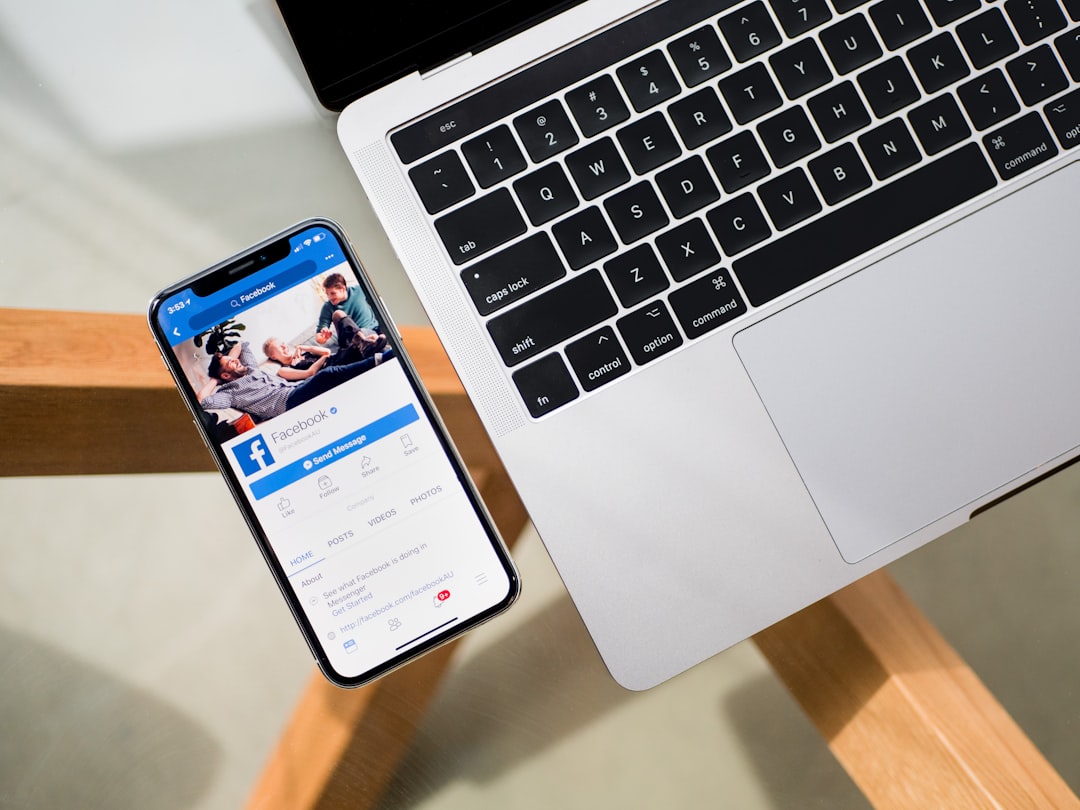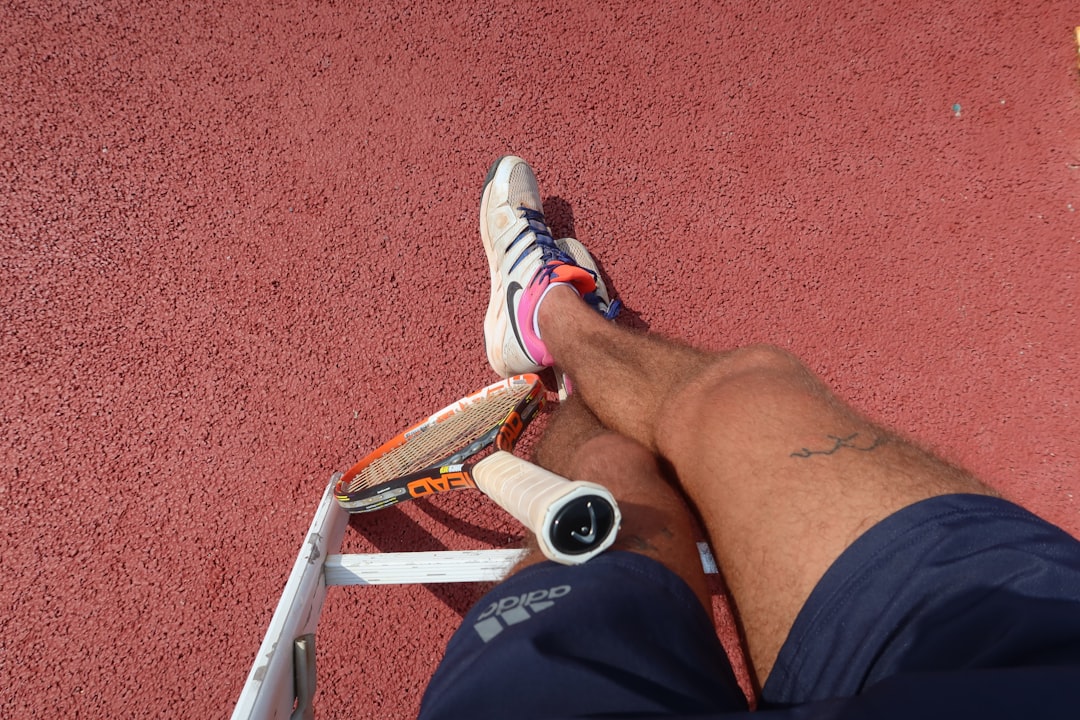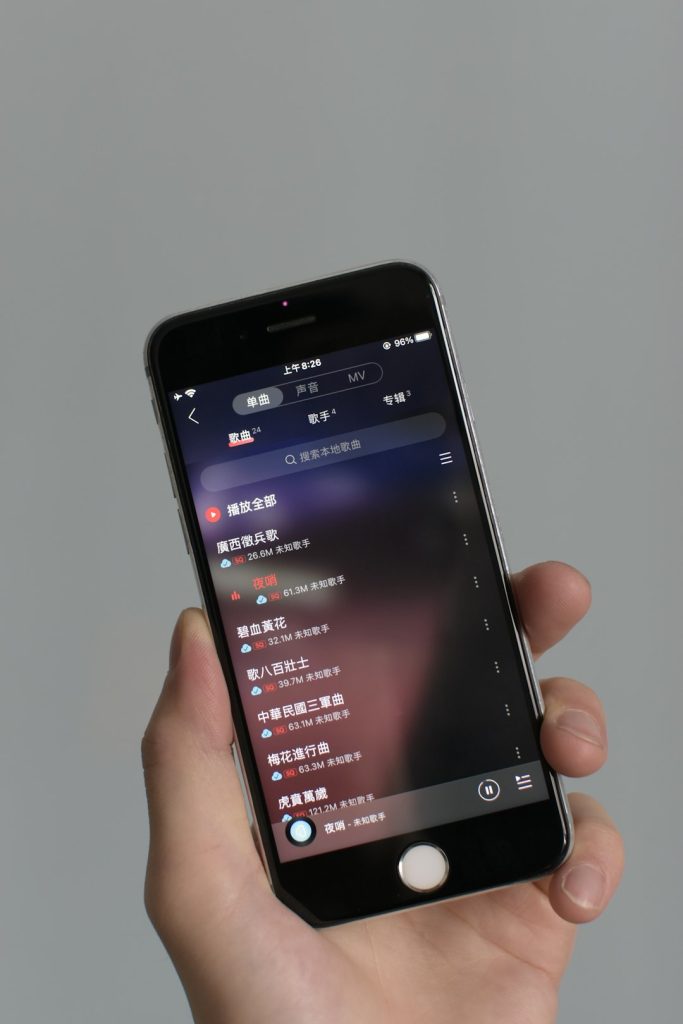Ever wondered what it would be like to train like a pro athlete? I did. So, I put artificial intelligence to the test. I spent 30 days using AI to track my fitness, sleep, nutrition, and workouts. And wow — it was an eye-opener!
I’m no Olympian. I run (barely), go to the gym a few times a week, and once tried to do a handstand. It didn’t go well.
But with AI? Suddenly, I had a fancy virtual coach in my pocket. And it changed everything.
How I Got Started
I downloaded a few highly-rated AI fitness apps. Most of them claimed to be smarter than a personal trainer. They analyzed my heart rate, past workouts, even the weather to suggest the best time to exercise.
- Fitness AI: Created personalized gym routines for me.
- Whoop: Tracked my recovery and energy levels.
- MyFitnessPal + AI plug-in: Helped me make better food choices.
You simply plug in your goals — mine were to build muscle and improve endurance — and the apps do the rest.

What Every Day Looked Like
Each morning started with a recovery score. The app told me things like:
- “You slept 6h 45m — not ideal.”
- “Your heart rate variability is low.”
- “Stick to light cardio today.”
The AI wasn’t just guessing. It used data from my smartwatch and fitness band. Talk about being watched constantly! But weirdly, I liked it. It kept me focused.
The strength workout generator was awesome. It told me sets, reps, rest time — everything. And it adjusted in real-time based on how tired I felt. If I entered that a set felt too easy, it increased the challenge. Sneaky.
The Food Factor
Nutrition was a game-changer. I thought I ate healthy. Turns out I was eating 30% more carbs than I needed.
With the AI tools, I started logging meals by snapping photos. The app would analyze portion size and ingredients. And it gave me gentle nudges like:
- “Swap sugary granola for oats.”
- “Add a protein source to that salad.”
- “Try drinking more water in the afternoon.”
After two weeks, I felt lighter. Not just weight-wise — but mentally. I didn’t have to worry about counting macros. AI did it all.
The Weird (and Fun) Stuff
Here are some quirky things I didn’t expect:
- AI sometimes talked to me like a coach. It would say “Nice hustle today!” after a tough workout.
- It spotted early signs of overtraining. One day, I pushed hard despite poor sleep. The app warned me I was likely to crash — and it was right.
- It encouraged rest. Not just workouts. Total shutdowns. Like “read a book” or “meditate.” Pro athletes prioritize this, and now I get why.

What Changed in 30 Days?
Here’s what surprised me after a month:
- Better consistency: I worked out 25 out of 30 days. That’s a record.
- Improved sleep: From 6 hours to almost 8 hours a night.
- More awareness: I started recognizing how certain foods or behaviors affected my energy and mood.
The best part? I didn’t burn out. I felt managed, guided, understood. Like AI was my personal pit crew, keeping me on track.
Would I Keep Using It?
Absolutely — with moderation. I don’t want to obsess over data 24/7. But for someone like me who needs a little structure, it’s amazing.
It’s like having a super chill coach who never forgets anything and doesn’t yell at you when you skip leg day.
Final Thoughts
Tracking my fitness like a pro athlete with AI was fun, informative, and surprisingly motivating. It turned vague goals into actionable steps. It gave me feedback instantly. And it pushed me without pressure.
So if you’re thinking about leveling up your fitness game — maybe the robots can help after all.
Just make sure you still enjoy the journey. Data is great. But fun matters too.
